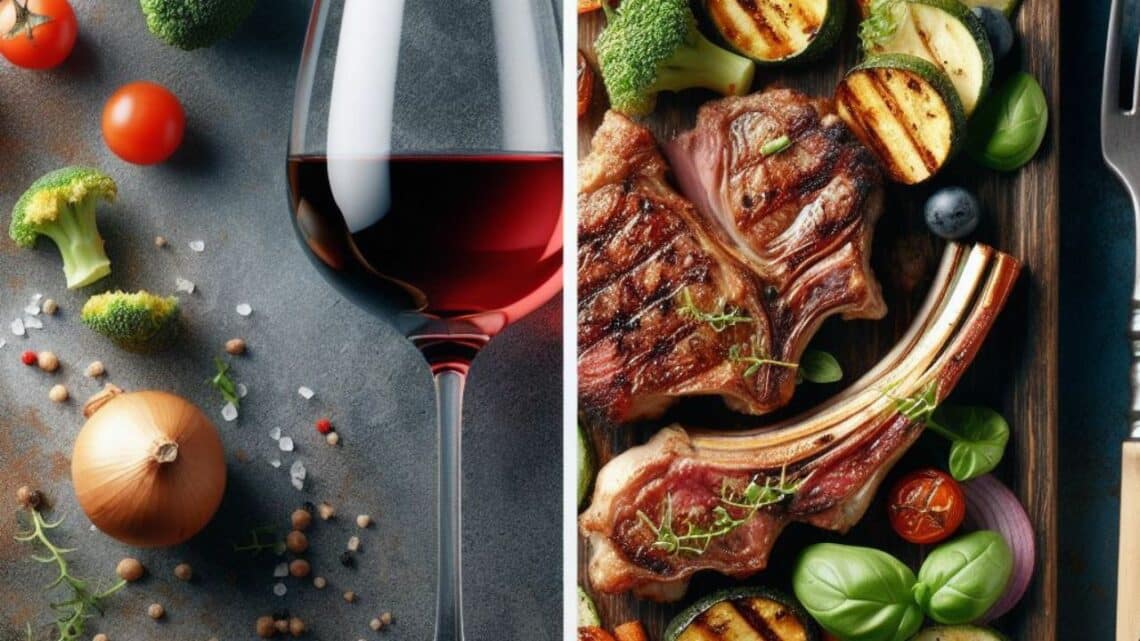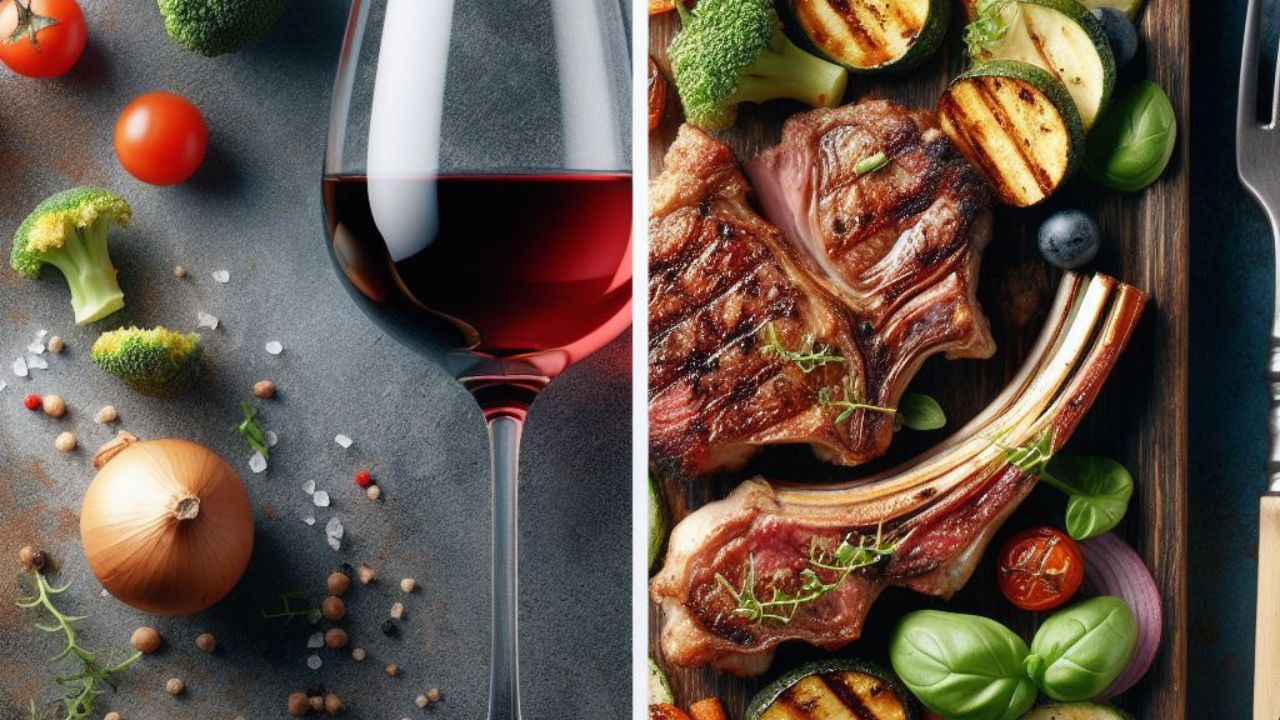
What to eat with Blaufränkisch?
The cuisine of Austria, known as the “Viennese” cuisine, is incredibly diverse due to the many influences that the Austro-Hungarian Empire has experienced over the centuries, including French, Italian, Turkish, Balkan, Eastern European, and German.
You will find a large variety of ingredients such as wild mushrooms (Schwammerl), white asparagus, artichokes, and root vegetables, as well as offal, alpine cheeses, trout, salmon, and white fish from some of the purest lakes in the world.
Pork (including charcuterie), veal, lamb, and poultry are typically roasted, braised, boiled or fried depending on the recipe, and the dishes are often seasoned with sweet spices such as paprika, cumin, caraway, cinnamon, and nutmeg, which remind us of Austria’s rich multicultural heritage in a delicious way.
Now, let’s say you’re opening a bottle of Blaufränkisch… What should you pair it with?
Let’s find out by studying what Blaufränkisch tastes like and I’ll give you my suggestions!
A beginner’s guide to Blaufränkisch
Blaufränkisch, a leading variety in Austria, is the same grape as Hungary’s Kékfranco and Germany’s Lemberger. This late-ripening grape requires warm, thick soils similar to Cabernet Sauvignon in Bordeaux, and its thick skin makes it resistant to diseases and rot.
Like Riesling, Blaufränkisch is highly influenced by the soil it grows in, producing different wine styles depending on whether it is grown in the limestone of Leithaberg or the rich deep soils of Mittelburgenland.
Wines from Leithaberg are known for their elegance, while those from Mittelburgenland are full-bodied and spicy. Blaufränkisch wines from Südburgenland are refined, while those from Carnuntum, which has a cooler climate, exhibit red fruit aromas.
What does Blaufränkisch taste like?
In the past, Blaufränkisch wines were heavily oaked and concentrated, similar to Bordeaux wines. However, modern consumers prefer more drinkable wines that are balanced and less oaky.
As a result, Blaufränkisch wines are now typically vinified simply and rounded out with aging in large casks, resulting in fruity wines with aging potential.
These wines usually feature black fruit aromas and bold flavors. I often smell blueberries and/or cherries. These wines have high acidity and are full-bodied, which have excellent aging potential.
Blaufränkisch can produce great wines with a dense structure and marked tannins, which are often lively when the wine is young, but develop soft facets when the wine has enough maturity.
What to eat with Blaufränkisch?
Blaufränkisch is a versatile wine when it comes to food pairings.
The old adage “If it grows together, it goes together” is a good starting point, and the wine is known to work well with Austrian regional specialties like schnitzel, goulash, and bratwurst.
It is also an excellent accompaniment to lighter meats with acidic sauces or vinegar marinated and tomato-based pastas.
Blaufränkisch has fine, silky tannins that make it a good pairing with fish, especially seafood pasta, when served chilled.
The wine also complements mushroom and risotto, beef cheek, and is an exciting addition to most dishes, from meatloaf to grilled steak.
I like to pair it with Ossobuco for example!
It pairs perfectly with cheeses such as Feta, Gouda, and Roquefort. Overall, Blaufränkisch’s lovely acidity makes it a versatile food wine that will enhance the flavors of many different dishes.
The difficult task of wine and food pairing
It is important to remember that everyone has a unique sensitivity to flavors and aromas.
For instance, a particular level of bitterness may be more intense for one person compared to another due to varying sensitivity thresholds. This is not simply a matter of personal preference since some individuals prefer stronger reactions while others do not.
Therefore, what may be considered a “perfect” pairing for one person might be unremarkable or even unpleasant for another. It is crucial to consider both personal preferences and sensitivities when selecting food and wine pairings.
Food components can affect the taste of wine, with sweetness and umami tending to make wines more astringent, bitter, and less sweet and fruity, while saltiness and acidity make them more supple, less bitter, and more sweet and fruity.
To illustrate, cooking a raw button mushroom for 30 seconds enhances its umami taste significantly. Go try it!
Generally, food has a greater influence on the taste of wine than the other way around, and this influence is more likely to be negative.
Conclusion: What to eat with Blaufränkisch?
Blaufränkisch is a versatile wine that pairs well with a variety of dishes. It goes well with Austrian regional specialties like schnitzel, goulash, and bratwurst, as well as lighter meats with acidic sauces or vinegar marinated and tomato-based pastas.
It has fine, silky tannins that make it a good pairing with fish and seafood pasta when served chilled, and it also complements mushroom and risotto, beef cheek, and grilled steak.
It pairs well with cheeses like Feta, Gouda, and Roquefort, and its lovely acidity makes it a versatile food wine.
So what will you pair it with, let me know in the comments!







